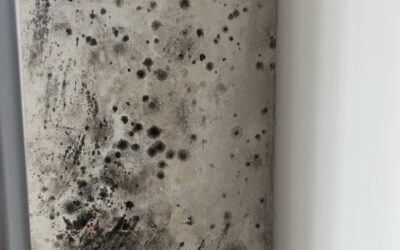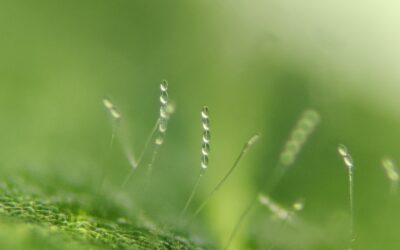Bio-based Materials: Eco-friendly Allies, but What Are the Risks of Mold?
In response to the climate emergency, the construction sector is turning to more environmentally friendly solutions. Bio-based materials are emerging as sustainable alternatives to reduce the carbon footprint of buildings. However, these natural materials also present challenges, particularly in terms of moisture management and mold risks. This article explores the strengths and limitations of bio-based materials.
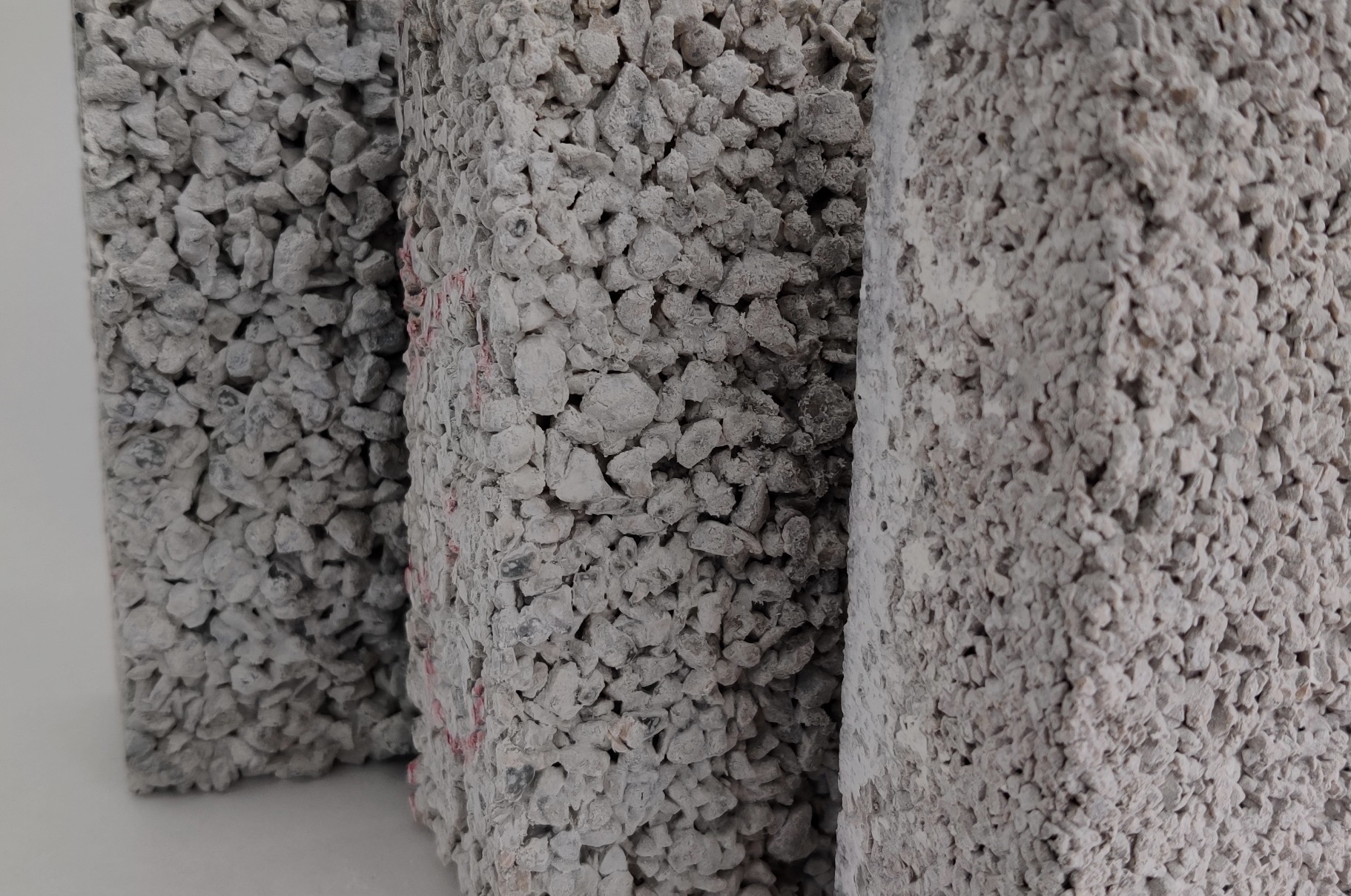
What is a Bio-based Material?
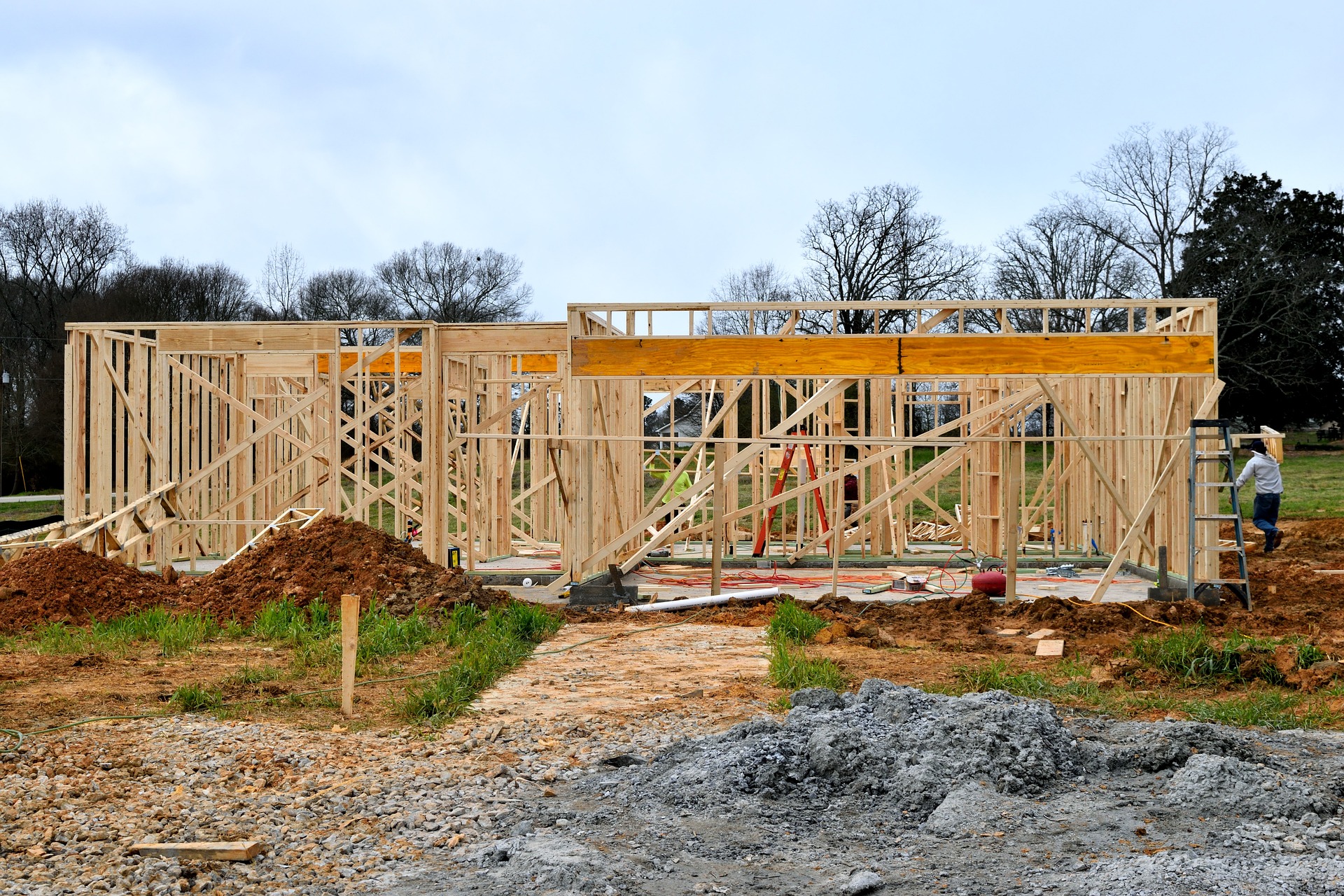
Definition
Bio-based materials are made from renewable raw materials of plant or animal origin. These include:
- Hemp,
- Straw,
- Cellulose wadding,
- Wood,
- Cork,
- Recycled textile fibers (flax, cotton),
- Sheep wool.
Uses in Construction
These materials are used for insulation, load-bearing structures, cladding, and panels. They are valued for their thermal and acoustic properties, as well as their lower environmental impact compared to conventional materials.
Why Choose Bio-based Materials?
A Positive Environmental Impact
Bio-based materials offer:
- A reduced carbon footprint,
- The ability to sequester carbon during their life cycle,
- Low-energy manufacturing,
- Biodegradability or easy recyclability.
These qualities make them key allies in sustainable construction.
Health Benefits
These materials improve indoor air quality thanks to low emissions of VOCs (volatile organic compounds). Their ability to regulate humidity also contributes to optimal hygrothermal comfort.
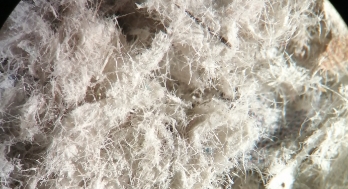
Bio-based Materials and Mold Risk: What Should You Know?
Increased Sensitivity to Moisture
Bio-based materials are hygroscopic:
- They absorb moisture from the ambient air,
- They gradually release it, promoting natural comfort.
However, this ability can become problematic if moisture levels remain high, increasing the risk of mold growth.
Consequences of Mold
Mold can:
- Degrade materials and compromise building durability,
- Cause health issues: allergies, respiratory irritation, asthma.
Main Causes
Mold problems often arise due to:
- Poor waterproofing,
- Thermal bridges,
- Inadequate ventilation,
- Excessive condensation.
How to Prevent Mold with Bio-based Materials?
Good Design Practices
To reduce risks:
- Integrate moisture barriers,
- Provide effective protection against water infiltration,
- Optimize natural or mechanical ventilation.
Implementation Techniques
Follow best practices to avoid direct contact with damp areas.
Use suitable finishing materials to protect bio-based insulation.
Maintenance and Innovations
Regularly inspect sensitive areas (baseboards, attics) for signs of moisture.
Use natural antifungal treatments or more resistant composite materials.
Outlook and Future of Bio-based Materials
Research and Innovation
R&D efforts aim to:
- Improve the moisture resistance of bio-based materials,
- Develop hybrid formulations combining ecology and performance.
Regulations and Awareness
- Strengthening standards and certifications (bio-based labels, HQE),
- Training professionals for optimal implementation.
Conclusion
Bio-based materials are key players in sustainable, healthy, and environmentally friendly construction. However, rigorous moisture management is crucial to avoid mold risks. By combining material selection, good design practices, and regular maintenance, it is possible to ensure high-performing and durable buildings.
FAQ – Everything You Need to Know About Bio-based Materials and Mold Risk
What are the main bio-based materials used in construction?
The most common bio-based materials are: hemp, straw, cellulose wadding, wood, cork, recycled textile fibers, and flax. They are used for insulation, structure, and finishing.
Are all bio-based materials sensitive to mold?
All bio-based materials naturally absorb moisture. They do not mold systematically, but excess moisture or poor implementation can promote mold growth.
Can bio-based materials be treated against mold?
Yes, there are natural and eco-friendly treatments (essential oils, mineral salts) as well as innovative solutions that enhance the moisture resistance of bio-based materials.
Should a building with bio-based materials be maintained regularly?
Like any building, regular maintenance is essential: check ventilation, monitor moisture-prone areas, and act quickly in case of leaks or infiltration.
What are the advantages of bio-based materials compared to conventional ones?
They offer a reduced carbon footprint, are recyclable or biodegradable, improve indoor air quality, and contribute to the building’s thermal and acoustic performance.
Our solutions associated with bio-based materials
Testing the resistance of materials
Microbiological analysis of air
Let's work together !
If you have any needs or questions about environmental microbiology, contact us and we'll provide you with the answers you need.


